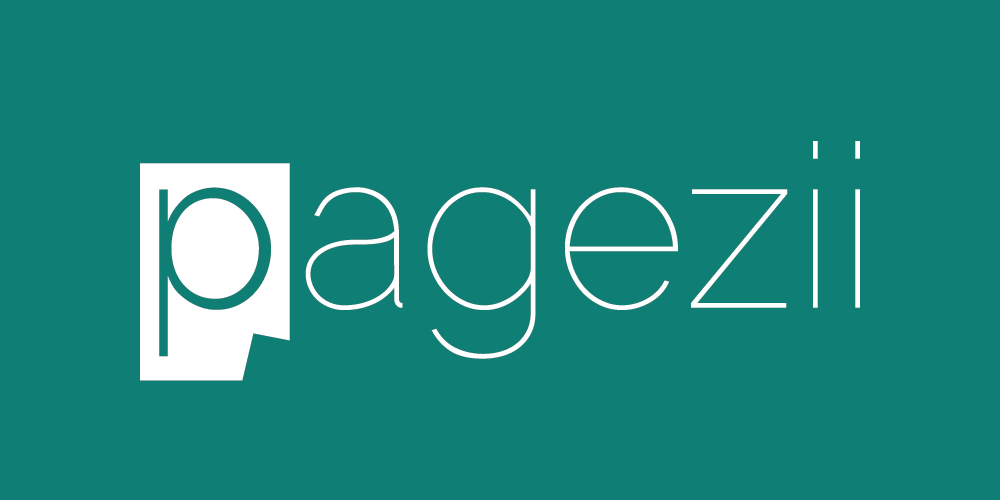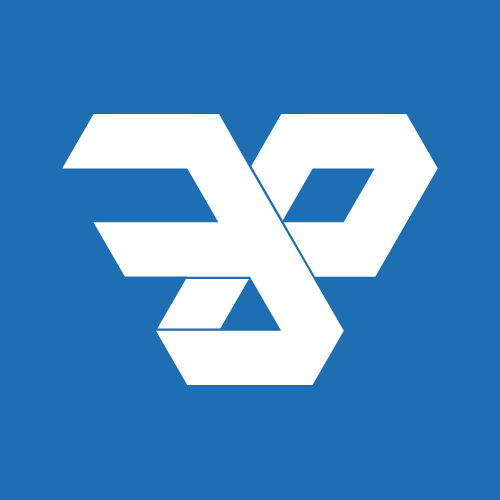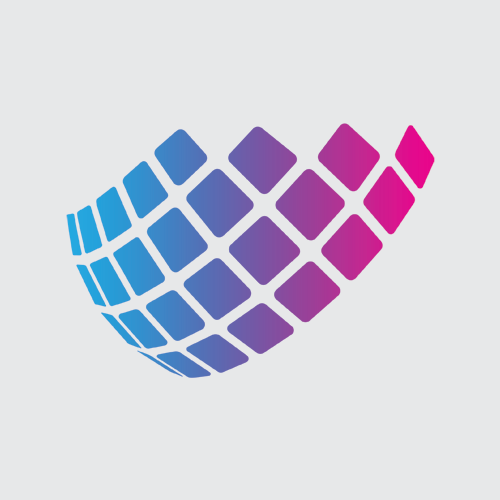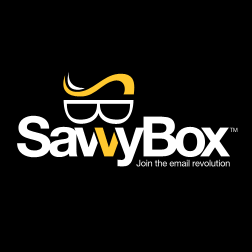What is SaaS?
SaaS or Software as a Service is used to describe web-based software applications that are delivered via the web to a large end-user base.
Fundamentals behind SaaS
SaaS involves an application vendor hosting a software application such as CRM, Billing Center or a project management system that is available via the internet, usually through a web-browser to a large user-base. The application vendor also provides IT resources including hardware, connectivity and support. The application vendor has the following responsibilities:
- Application and Storage: Provide both the application and storage facilities for the application data.
- Hardware and Connectivity: Provide physical hardware to house applications and ensure connectivity of the servers.
- Support and maintenance: Provide IT support, data backup, recovery and maintenance of the entire system.
Schematic of SaaS
The client organization is the customer of the Application vendor and has access to the application through the internet. The end-user of the client organization uses a typical web-browser to access the application and manipulate data. The organization is granted a license to use the software application as part of the SaaS offering. The client organization never owns the software application at any given time but usually reserves all rights to the data produced by the system.

SaaS Business Model
SaaS from a business perspective offers economic value to the client organization through economies of scale and Knowledge Building. Economies of scale are achieved by pooling large IT resources including personnel, hardware and networking assets together to offer an application at a higher level of quality at a lower price point. Knowledge Building allows SaaS providers to apply best practices learned from a pool of client organizations to upgrade the application for the common good for all clients.
SaaS Pricing
Usually SaaS pricing model is based on a pay as you go model. This means that client organizations can easily add more end-users to their pricing plan. Client organizations don’t need to buy extra licenses that are “shelved” until a new user is found for them (i.e. new company hires).
SaaS ROI
This pricing model also dissipates the initial investment of the software by letting the client organization “rent” the software application. This lowers the sticker shock for an organization that is looking to buy a comparable application outright. The pricing benefits offered by SaaS can be compared with the benefits of renting as opposed to buying. Initial investment is reduced, requires less commitment and maintenance is provided as part of the fees.








